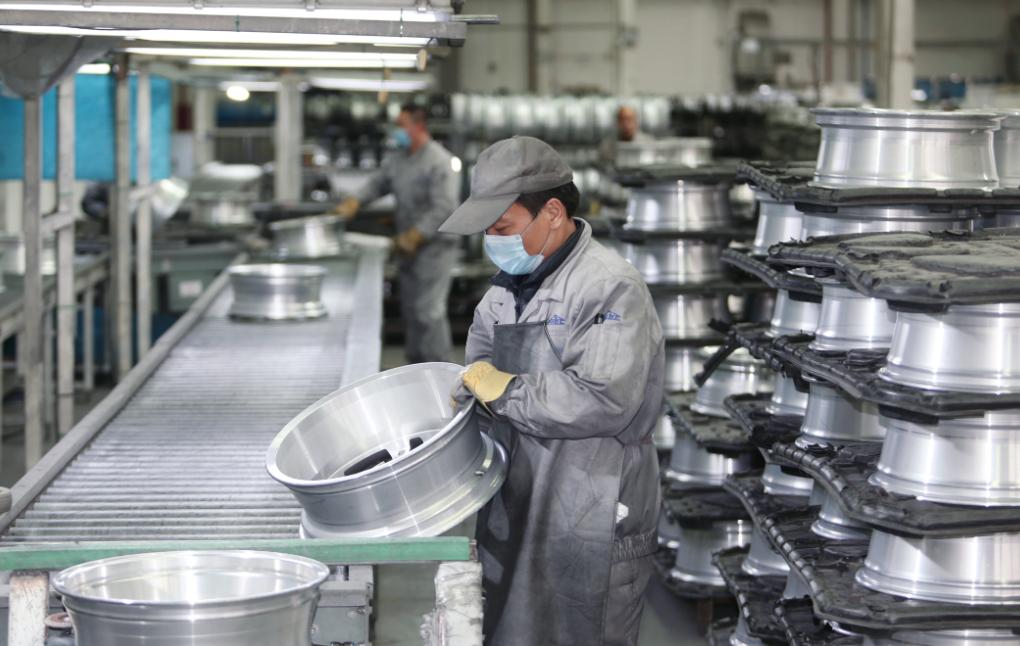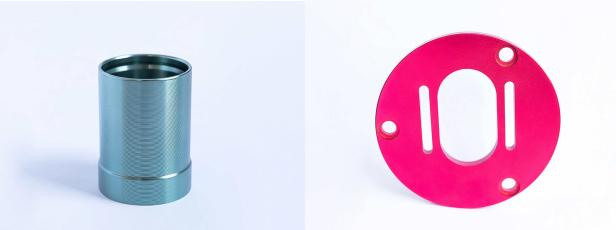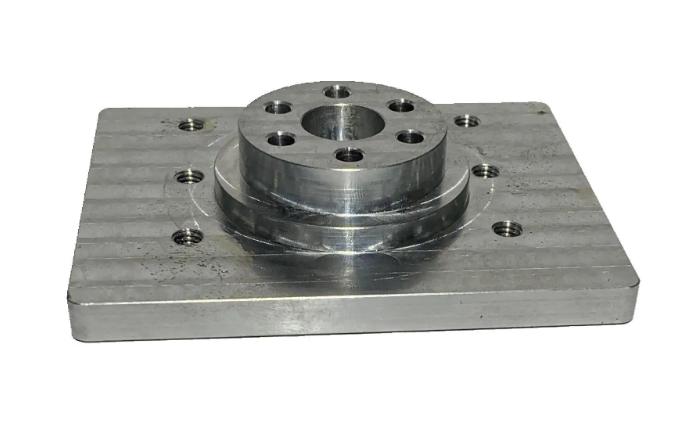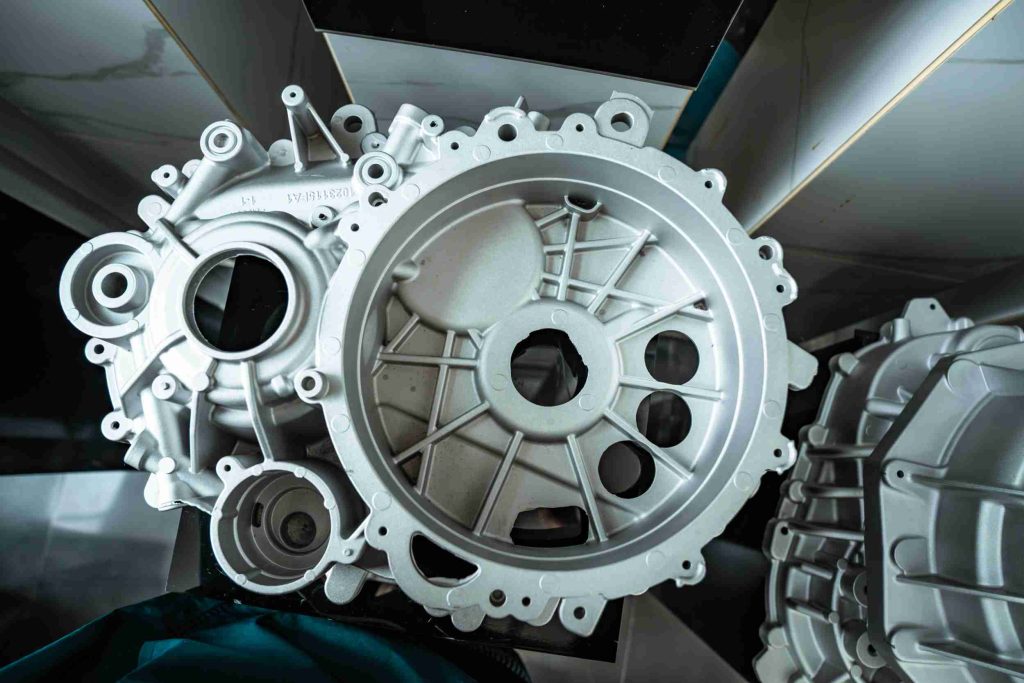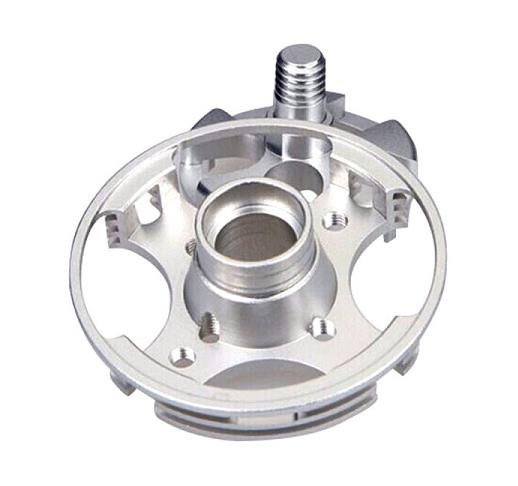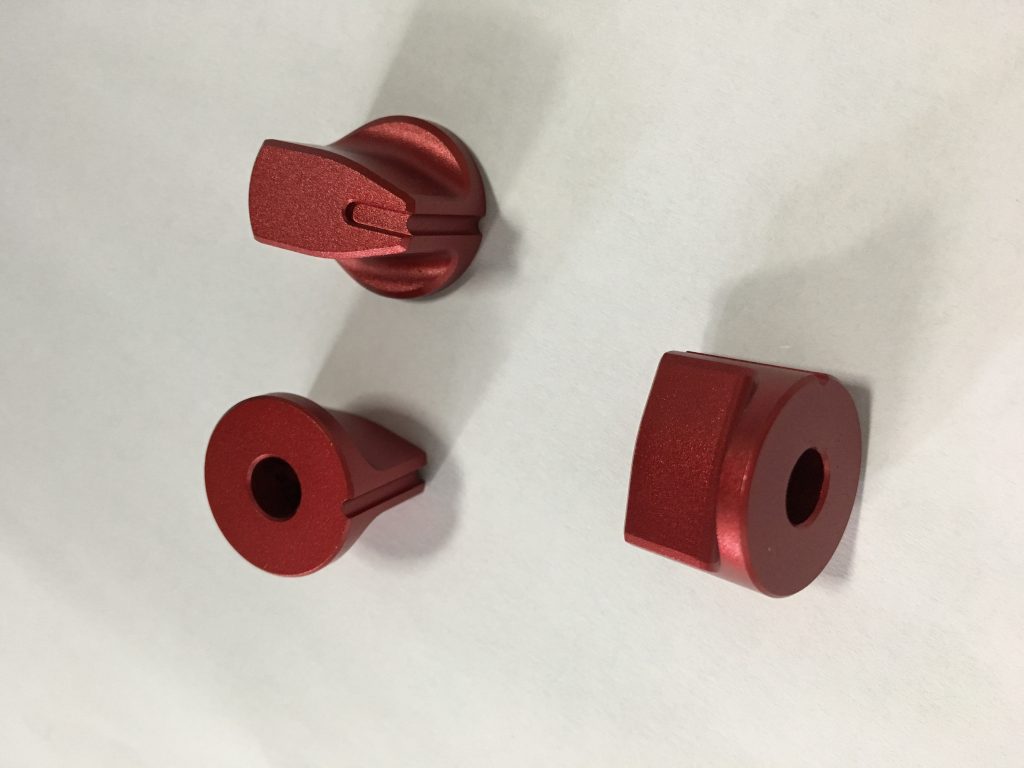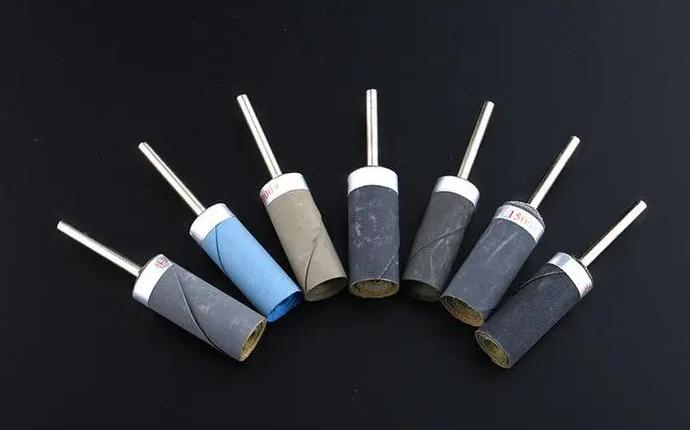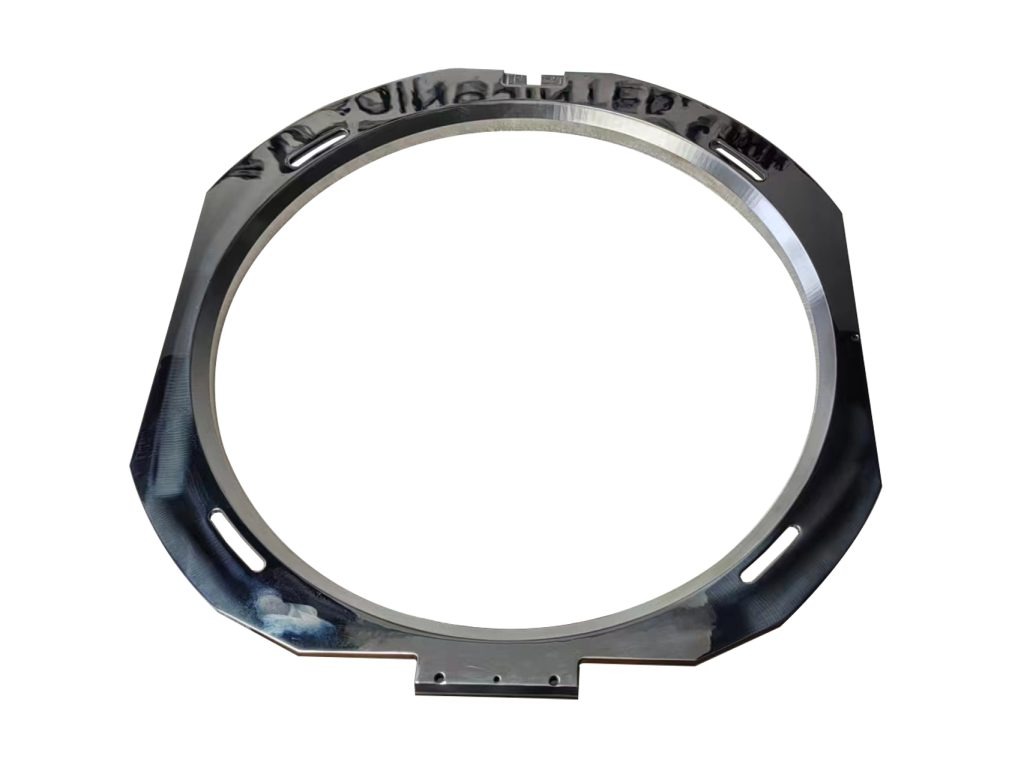Aluminum mirror finishing is essential for applications demanding high reflectivity and aesthetic appeal. From architectural designs to industrial components, a flawless mirror finish enhances both functionality and visual impact. Two primary techniques dominate the process: mechanical polishing and electropolishing. While both aim to achieve a mirror-like appearance, they employ fundamentally different principles, resulting in distinct surface characteristics, costs, and applicability. Here we delve into the comparison of these techniques to help you decide which is better suited for your needs.
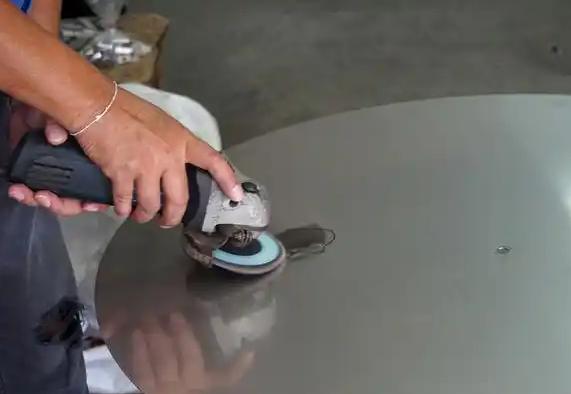
Understanding Aluminum Mirror Finishing Requirements
Achieving a true “mirror finish” on aluminum goes beyond simply making it shiny. It entails meeting a specific set of criteria that dictate its suitability for various applications. Understanding these requirements is crucial before evaluating the merits of different polishing methods. The desired outcome often hinges on a delicate balance between visual appeal and functional performance.
Key Performance Metrics:
- Reflectivity: This is arguably the most critical metric for a mirror finish. It quantifies the amount of light reflected by the surface. High reflectivity is essential for optical applications, scientific instruments, and even aesthetic purposes where a clear, undistorted reflection is desired. Reflectivity is often measured as a percentage of incident light reflected across a specific wavelength range. For instance, in solar reflectors made of aluminum, reflectivity in the visible and near-infrared spectrum directly impacts efficiency.
- Surface Roughness (Ra, Rz): Surface roughness refers to the microscopic irregularities on the surface. It’s typically measured using parameters like Ra (average roughness) and Rz (maximum height of the profile). A lower Ra and Rz value indicates a smoother surface, which directly correlates with higher reflectivity and a clearer, less scattered reflection. Mirror finishes often demand nanometer-scale surface roughness. For example, optical mirrors for lasers require extremely low surface roughness (often below 10 nm Ra) to minimize scattering and maintain beam integrity.
- Surface Defects: These encompass any imperfections on the surface, such as scratches, pits, waviness, orange peel effect, and embedded particles. The presence of such defects can significantly impair the visual quality and functional performance of a mirror finish. For instance, even small scratches on a telescope mirror can scatter incoming light, reducing image clarity.
- Dimensional Accuracy: In many applications, maintaining the original dimensions and shape of the aluminum component after finishing is crucial. Excessive material removal or distortion during the polishing process can render the part unusable. For precision components in aerospace or scientific instruments, dimensional tolerances are often very tight.
- Cleanliness: The presence of residual polishing compounds, electrolyte residues, or embedded particles can negatively impact the performance and longevity of the mirror finish, especially in sensitive environments like cleanrooms or vacuum systems. A clean, contaminant-free surface is often a strict requirement.
Understanding these key performance metrics and their relative importance for a specific application is the first step in determining the most suitable aluminum mirror finishing method. The desired level of reflectivity, acceptable surface roughness, tolerance for defects, dimensional constraints, and cleanliness requirements will ultimately guide the choice between mechanical polishing and electropolishing.
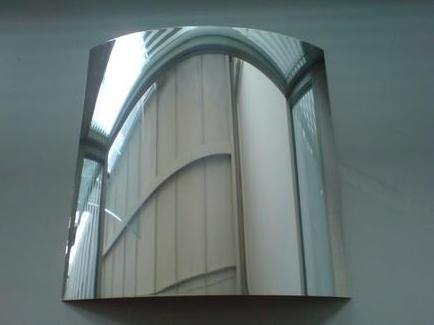
Key Differences Between Mechanical Polishing and Electropolishing
While both mechanical polishing and electropolishing aim to create a smooth, reflective surface on aluminum, they achieve this through vastly different mechanisms. Understanding these fundamental differences in their technical principles, process flow, applicable scenarios, limitations, and economic and environmental costs is crucial for informed decision-making.
Comparison of Technical Principles and Process Flow:
Mechanical Polishing is a subtractive process that relies on physical abrasion to remove surface irregularities. It involves a series of steps using progressively finer abrasive materials, typically in the form of grinding wheels, sanding belts, and polishing pads coated with abrasive compounds (e.g., aluminum oxide, silicon carbide). The process starts with coarser abrasives to remove significant surface imperfections and gradually transitions to finer abrasives to achieve the desired smoothness and reflectivity. The final stage often involves buffing with very fine polishing compounds on soft cloths or wheels to create the mirror-like luster. The process can be manual, semi-automated, or fully automated using robotic systems.
Process Flow:
- Pre-treatment: Cleaning the aluminum surface to remove gross contaminants.
- Grinding (optional): Using coarse abrasives to remove significant surface defects or achieve a specific initial shape.
- Sanding: Employing progressively finer abrasive papers or belts to reduce surface roughness.
- Polishing: Using polishing wheels or pads with fine abrasive compounds to further smooth the surface and increase reflectivity.
- Buffing: Applying very fine polishing compounds on soft buffs to achieve the final mirror finish.
- Cleaning: Removing any residual polishing compounds.
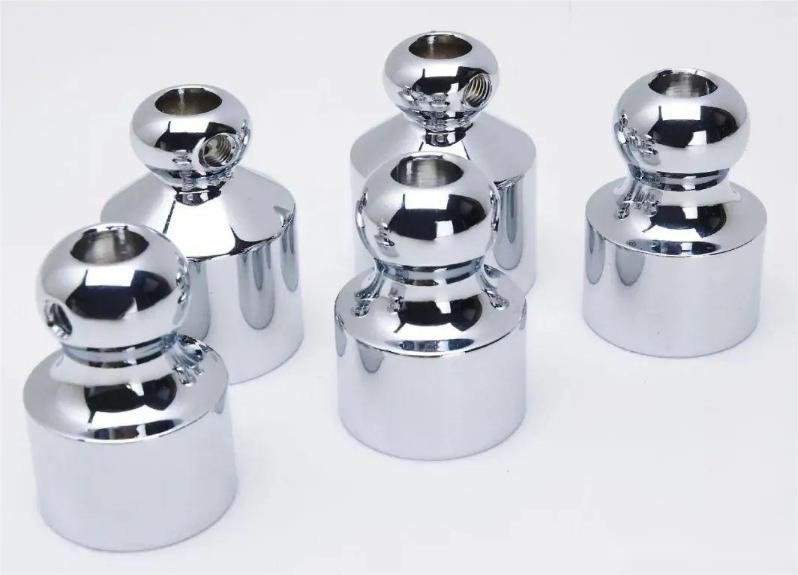
Electropolishing is an electrochemical process that selectively removes metal ions from the aluminum surface when it is immersed in a specially formulated electrolyte and subjected to an electric current. The aluminum part acts as the anode, and a cathode (typically stainless steel or copper) is also immersed in the electrolyte. When a voltage is applied, the peaks of microscopic surface irregularities experience a higher current density and dissolve at a faster rate than the valleys. This selective dissolution leads to a smoothing and leveling of the surface, resulting in a bright, reflective finish. The process is typically carried out in a controlled environment with specific electrolyte compositions, temperatures, and current densities.
Process Flow:
- Pre-treatment: Cleaning the aluminum surface to remove grease, oxides, and other contaminants.
- Racking: Securing the aluminum part to a conductive rack for electrical connection.
- Immersion: Submerging the racked part into the electropolishing electrolyte bath.
- Electropolishing: Applying a controlled DC current for a specific duration.
- Rinsing: Thoroughly rinsing the part to remove all traces of the electrolyte.
- Passivation (optional): Immersing the part in a passivation solution to enhance corrosion resistance.
- Drying: Drying the finished part.
Technical Data Comparison
| Aspect | Mechanical Polishing | Electropolishing |
| Reflectivity | Moderate; depends on precision and polish level | High; consistent and uniform finish |
| Surface Roughness | Ra: ~0.4-0.8 µm; Rz: ~2-4 µm | Ra: ~0.1-0.3 µm; Rz: ~1-2 µm |
| Surface Defects | Risk of micro-scratches or unevenness | Minimal; eliminates surface irregularities |
| Dimensional Accuracy | Potential loss due to abrasive material removal | Excellent; minimal material removal |
| Cleanliness | Residue from abrasive compounds | High; leaves a clean and passive surface |
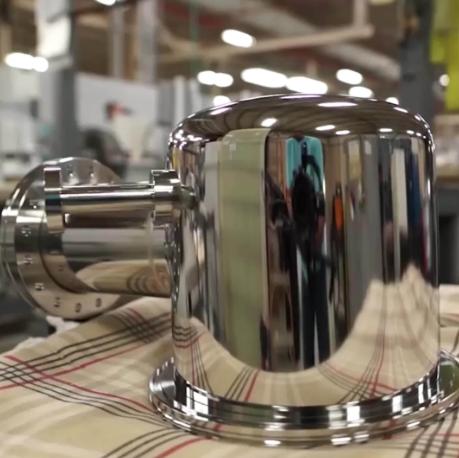
Analysis of Applicable Scenarios and Limitations:
Mechanical Polishing is well-suited for large parts, intricate geometries with external surfaces, and situations where localized defect removal is crucial. It’s also often preferred for achieving specific surface textures or when a very high degree of material removal is required.
But it struggled with very complex internal features or achieving ultra-smooth, nanometer-scale finishes consistently. It also carries the risk of introducing surface defects like scratches and embedded abrasives if not performed meticulously. Consistency can be highly dependent on operator skill, especially in manual processes. Achieving uniform finishes on complex shapes can be challenging due to varying contact pressure.
Electropolishing is ideal for achieving extremely smooth, high-reflectivity finishes, especially on parts with complex shapes and internal features that are difficult to access mechanically. It’s also beneficial for deburring, edge rounding, and enhancing corrosion resistance by creating a passive oxide layer. Applications include optical reflectors, medical implants, and decorative components requiring a brilliant, uniform finish.
But the material removal is generally less controllable and localized defect correction is not as straightforward as with mechanical polishing. The initial setup costs for equipment and electrolytes can be higher. Achieving uniform results on parts with significant variations in geometry can be challenging due to current density distribution. Improperly controlled processes can lead to pitting or other surface defects.
Economic and Environmental Cost Accounting:
Mechanical Polishing:
Economic Costs: Lower initial investment in basic equipment (grinders, polishers). However, labor costs can be significant, especially for achieving high-quality mirror finishes on complex parts. Consumable costs (abrasives, polishing compounds) can also be substantial over time. Automation can reduce labor costs but increases initial investment.
Environmental Costs: Generates solid waste in the form of spent abrasives and polishing pads. Dust generation can be a concern, requiring proper ventilation and collection systems. Wastewater from cleaning processes may contain suspended solids and polishing compounds requiring treatment.
Electropolishing:
Economic Costs: Higher initial investment in specialized equipment (rectifiers, tanks) and electrolyte solutions. However, it can be more cost-effective for high-volume production of complex parts due to lower labor requirements. Consumable costs mainly involve electrolyte replenishment and passivation solutions.
Environmental Costs: Generates chemical waste in the form of spent electrolytes and rinse water containing dissolved aluminum and other chemicals. Proper treatment and disposal of these hazardous wastes are crucial and can be costly. Energy consumption for maintaining the electrochemical process also needs to be considered.
Here is the summary table:
| Aspect | Mechanical Polishing | Electropolishing |
| Equipment Investment | Low to moderate | High initial investment |
| Labor Ratio | High; significant manual effort | Low; primarily automated |
| Energy Consumption | Moderate to high; energy-intensive machinery | High; electricity for electrolytic process |
| Environmental Protection Treatment Costs | Moderate; waste particles require disposal | High; proper disposal of chemical solutions is essential |
Mechanical polishing relies on physical abrasion and is versatile but can be labor-intensive and prone to surface defects. Electropolishing uses electrochemical dissolution to achieve superior smoothness and uniformity, particularly on complex shapes, but involves higher initial costs and chemical waste management. The optimal choice depends on a careful evaluation of the specific application requirements, production volume, budget constraints, and environmental considerations.
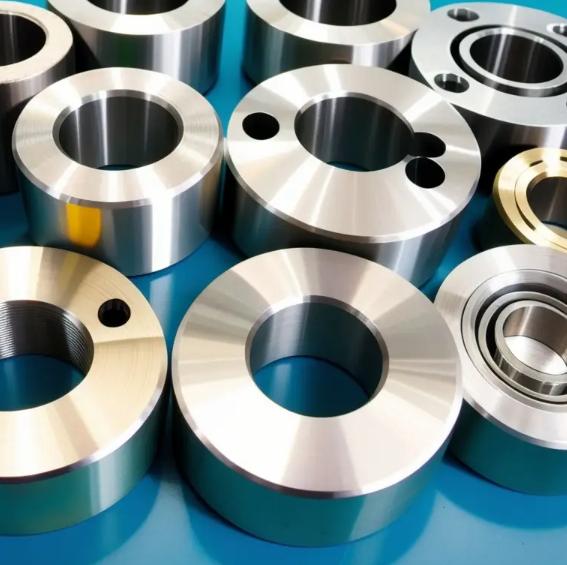
When to Choose Each Method?
The decision between mechanical polishing and electropolishing for achieving a mirror finish on aluminum is not always clear-cut. Here’s a guide to help navigate this choice:
Choose Mechanical Polishing When:
- Small-Scale Projects: For DIY enthusiasts or small manufacturing units, mechanical polishing offers a cost-effective solution.
- Simple Shapes: It is more practical for flat or uniformly curved surfaces.
- Budget Constraints: The lower initial investment makes it attractive for limited budgets.
Choose Electropolishing When:
- Complex Geometries: Ideal for intricate shapes, internal cavities, or surfaces with hard-to-reach areas.
- High Reflectivity Requirements: The chemical process delivers superior smoothness and reflectivity.
- Industrial Scale: For mass production, electropolishing is more efficient and consistent.
Ultimately, the “better” method is subjective and depends entirely on the specific requirements of the aluminum mirror finishing application. A thorough understanding of the desired surface quality, budget constraints, production volume, part geometry, and environmental considerations will guide the optimal choice. In some cases, a combination of both methods might even be employed to leverage the advantages of each. For instance, a part might undergo initial mechanical polishing for shaping and defect removal followed by electropolishing for achieving the final, ultra-smooth mirror finish.
To ensure optimal results, partnering with a reliable aluminum surface finishing manufacturer is essential. Experienced providers can offer expert guidance, advanced equipment, and sustainable practices tailored to your project’s unique requirements. Feel free to contact JTR for your machining and finishing needs.



